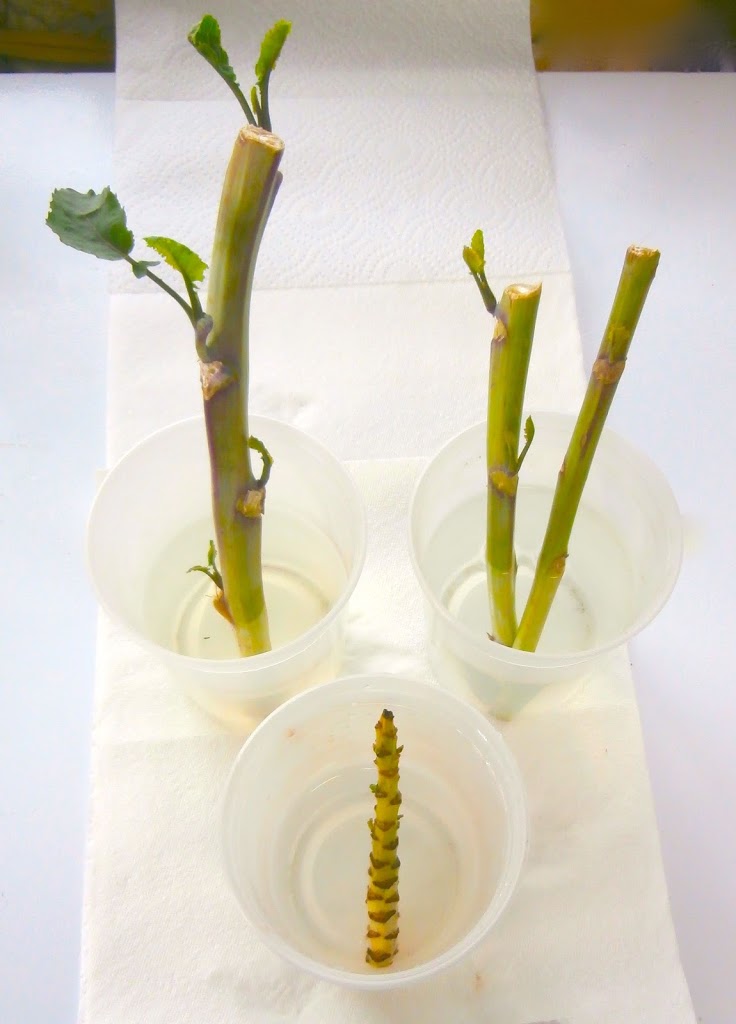

Out of those 35-ish plants, I have selected just one so far that is clearly superior by a combination of leaf size, color, shape, vigor, uprightness and resistance to bolting. What I'll probably do instead is yank out all of my old Purple Tree Collards so that they don’t infect my new varieties if they are carrying something infectious. I won’t be 100% sure if the average plant is more vigorous unless I grow multiple varieties side by side with the old type.

I wondered if our tree collards had picked up virus or genetic damage that caused them to grow more weakly. I was impressed early in their growth that many of the plants seemed more vigorous than the standard tree collard I had been growing for years. I grew out around 35 new plants in some out-of-the-way long term test beds. When I got these rare and unique seeds, I saw it as a chance to find out if the trait of resistance to flowering was transferable, with an eye to selecting out some new perennial varieties worthy of propagation by cuttings. Also, they don’t seem to pollinate themselves and I suspect they may only set seed when pollinated by another genetically unique variety of tree collard or other member of the Brassica Oleracea group. Flowering is not very common to start with and they flower only weakly when they flower at all. That is because the particular purple tree collard that is grown around here rarely sets any seed. A variety referred to locally as Purple Tree Collard has been grown in my area by both old and young back to the land types for a long time, but they are generally propagated by cuttings, not seeds. They probably originated in the British Isles. Tree Collards are traditionally grown in various parts of the world as fodder for both humans and animals. In La Vendée, the Cæsarean Cow Cabbage grows sixteen feet high." PLANT LORE, LEGENDS, and LYRICS, RICHARD FOLKARD, JUN. "In Jersey, the Palm Cabbage is much cultivated, and reaches a considerable height. The only reason that lets say a cauliflower and a kale plant look and act so different is that they have been bred for different characteristics for a very long time. Many people are surprised to find out that these are all the same species of plant and and as such can inter-pollinate. Tree Collards are a member of the species Brassica Oleracea, which includes, Broccoli, most Kales (not siberian or red russian, which are Brassica napus species), Cauliflower, Kohlrabi, Brussel's Sprouts, Cabbage and Collards. I also suspect they might be more nutritious, but who knows without an analysis, and I don't know that it's been done. They could be compared to regular collards, but generally are heavier in texture and maybe stronger flavored. They are something like collard greens or Broccoli leaves, except that they grow all year for multiple years without flowering eventually becoming very tall. Tree collards are a perennial vegetable also variously known by other names like Tree Kale, Palm Cabbage, Walking Stick Kale, Tree Cabbage and no doubt more.


 0 kommentar(er)
0 kommentar(er)
